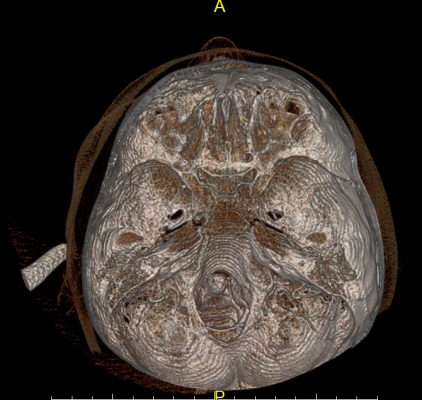
Despite concerns to the contrary, very little of the variation in Emergency Department (ED) imaging utilization is attributable to physician experience, training or gender, according to a new study published online in the journal Radiology.
Imaging exams like X-rays and CT scans are common in the ED. In 2010, slightly more than 47 percent of all ED visits in the United States had an imaging exam associated with them.
"Analyzing and understanding drivers of use of imaging in the ED is important for several reasons," said Christopher L. Sistrom, M.D., M.P.H., Ph.D., from the departments of radiology at Massachusetts General Hospital in Boston and the University of Florida in Gainesville, Fla. "There's a balance of cost and benefits to the patient, institution and payer, as well as the overarching issue of radiation exposure."
Previous studies have found substantial variation in imaging rates across and within EDs, suggesting different tendencies among physicians when ordering imaging. However, much of the existing research is limited, according to Dr. Sistrom.
"A lot of literature on imaging variability can lead to a false assumption that doctors are primarily responsible," he said. "The problem is that it is difficult to fully describe and quantify variability at the different levels it can occur."
In the new study, Dr. Sistrom and colleagues analyzed 88,851 ED visits during 2011 at Massachusetts General Hospital. They used an analytical tool known as hierarchical logistic regression to identify multiple predictors of the probability that imaging was ordered during a given visit.
"That's what makes our paper unique," Dr. Sistrom said. "Hierarchal modeling allows us to ask very specific questions about the relative contributions of various factors to imaging use."
The overall rate of imaging utilization in the Massachusetts General ED was 45.4 percent in 2011, similar to the 2010 national average of 47.2 percent. Analysis of the data revealed that physician-related factors like gender, experience and training did not correlate with imaging use.
"The key finding in our study is that doctors don't make much difference in imaging utilization," Dr. Sistrom said. "Our data showed that doctors are responsible for about one percent of the variability in probability of having an imaging exam during an ED visit."
Instead, patient and visit factors were the predominant predictors of the likelihood of imaging for a given ED visit. These factors include prior visit, referral source, arrival mode and clinical reason for the visit.
The workload of the ED was another significant factor in imaging use. When the ED was the least busy, the odds of low-cost imaging were 11 percent higher than the reference standard. A busier ED resulted in a tendency towards more high-cost imaging.
The new study shows that medical management efforts looking to reduce imaging utilization may be misguided in focusing on remediating ED physicians.
"To reduce imaging utilization, a lot of people in quality improvement and medical management might try to identify high outliers and punish them," Dr. Sistrom said. "In settings like the one we studied, that strategy won't get you anything but angry doctors."
For more information: RadiologyInfo.org


 July 25, 2024
July 25, 2024 







